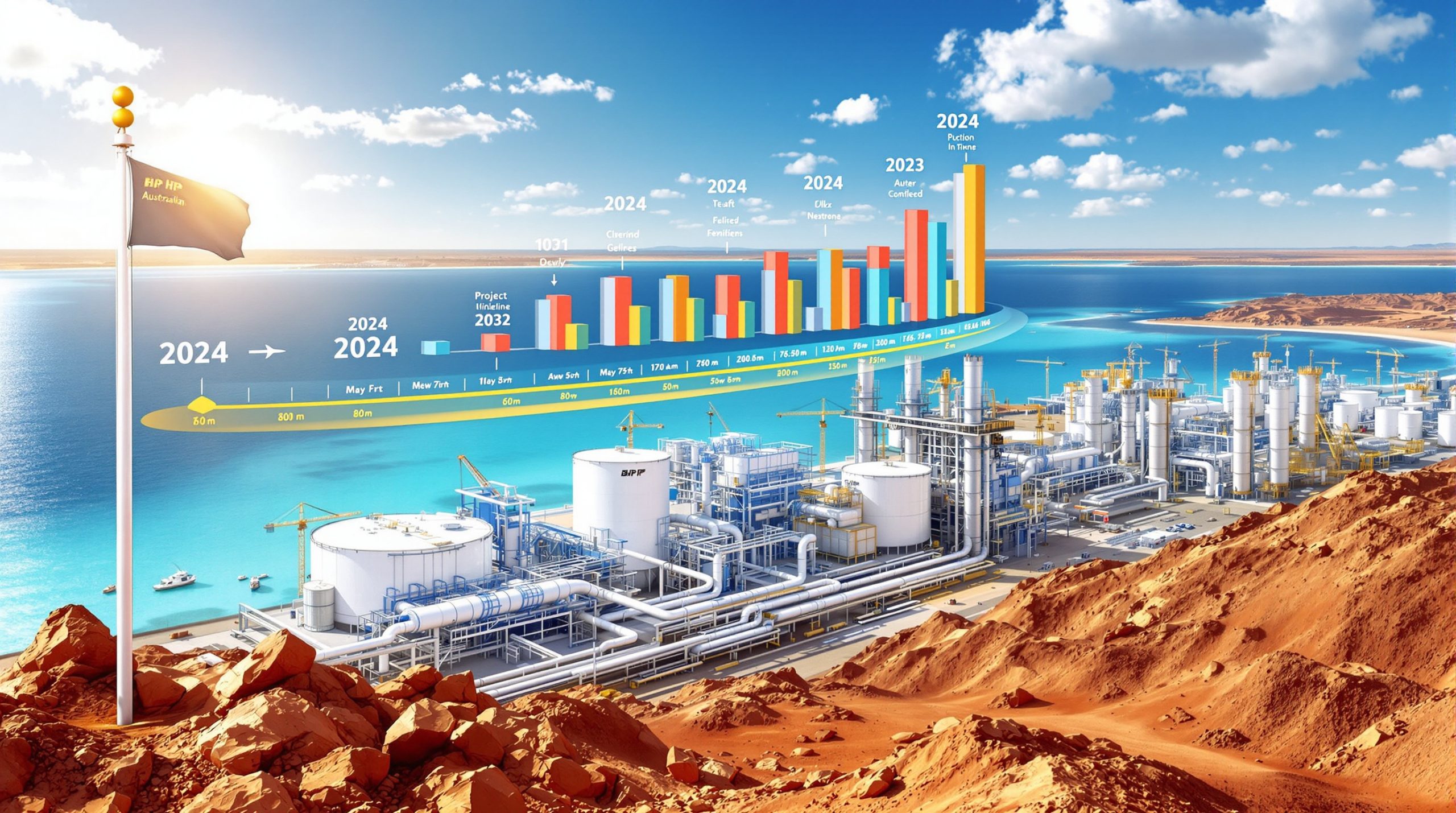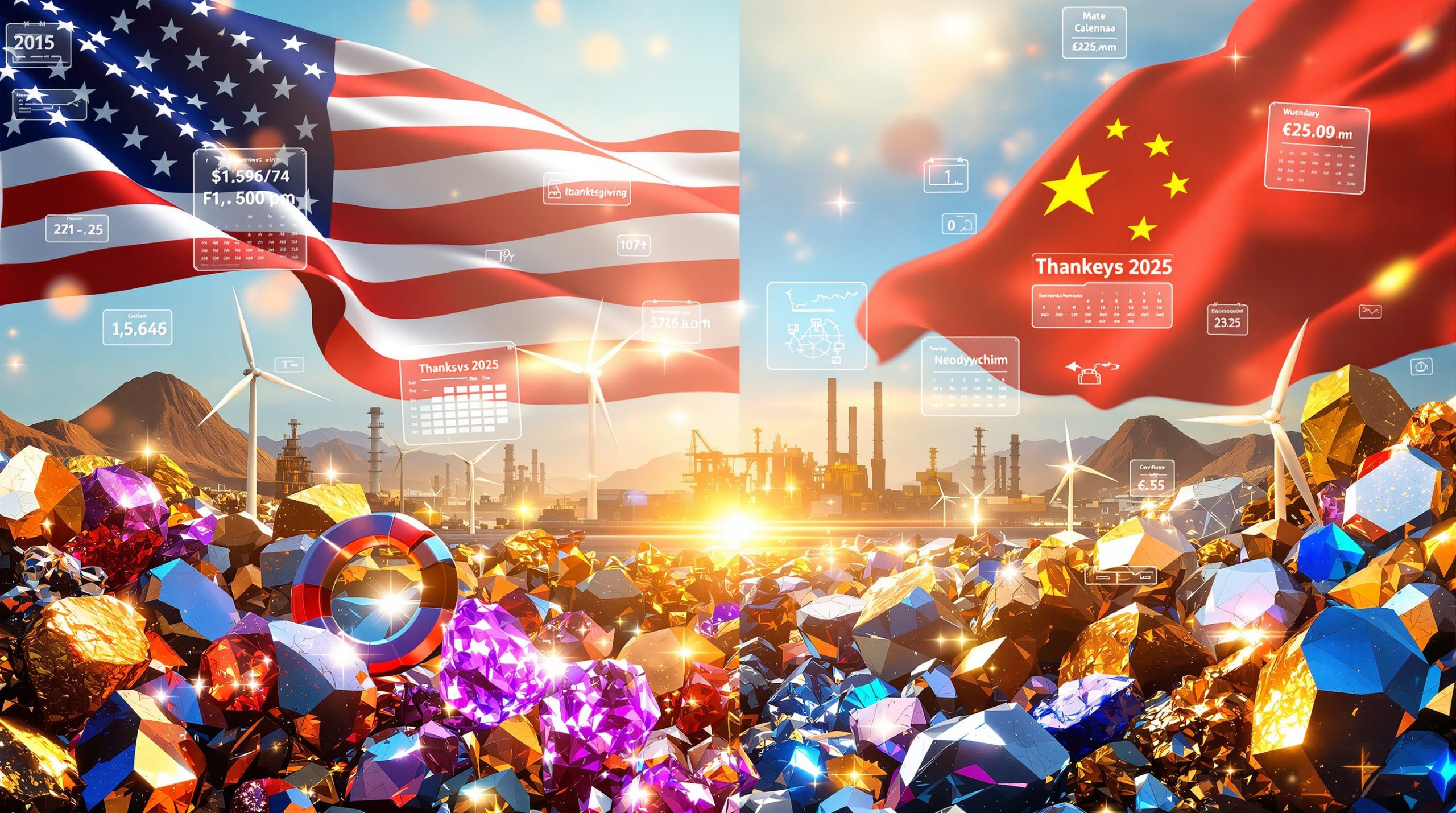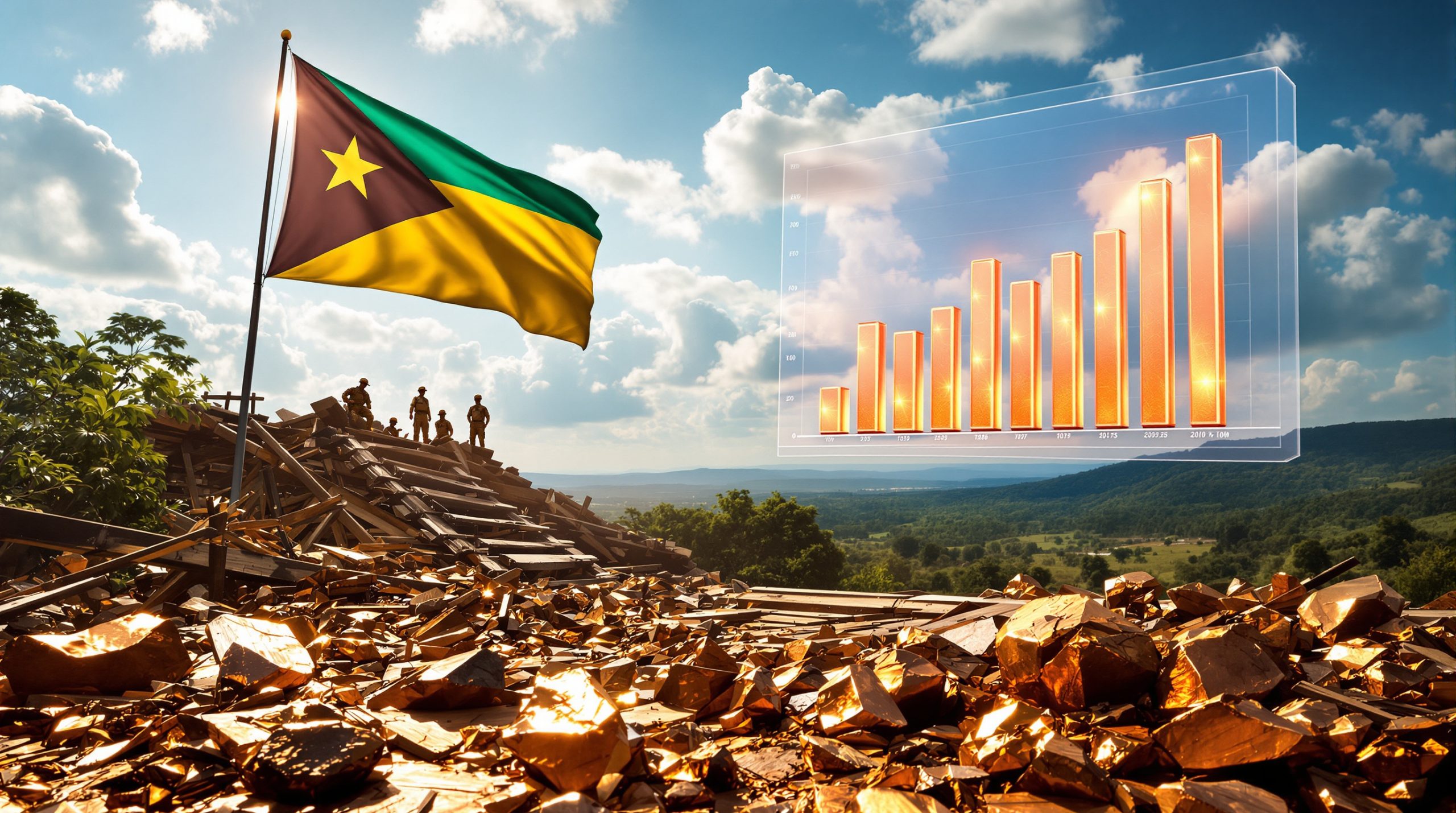China's Rare Earth Export Strategy: Global Supply Risks and Diversification Efforts
The global rare earth elements (REEs) market faces unprecedented challenges as China tightens its export controls, leveraging decades of strategic dominance in mining, processing, and manufacturing. With control over 85% of global rare earth processing capacity and 90% of magnet production, China's export restrictions now threaten supply chains critical to defense, renewable energy, and advanced technologies. This report examines the historical roots of China's dominance, the evolving mechanisms of export restrictions, and global efforts to diversify supplies amidst geopolitical tensions and rare earth market volatility.
What Are Rare Earth Elements and Why Do They Matter?
The Strategic Importance of Rare Earth Elements
Rare earth elements comprise 17 metals essential for modern technologies, including electric vehicles (EVs), wind turbines, and military systems. Despite their name, these elements are relatively abundant in the Earth's crust but economically challenging to extract due to complex geochemical properties and environmental costs. Their concentration in limited geographic regions—particularly China—creates vulnerabilities for global industries.
Neodymium and dysprosium are irreplaceable in high-performance magnets, while terbium enhances energy efficiency in lighting. The lack of viable substitutes amplifies their strategic value, making them a focal point of national security policies worldwide.
"These 17 elements may not be household names, but they're indispensable to modern technology. Without them, we simply couldn't produce the high-performance electronics, clean energy systems, or advanced defense equipment that powers our world today." – Ryan Cassie, Atomus Intelligence
China's Dominance in Numbers
China's control over the rare earth sector is staggering: it produces 60% of raw materials, processes 85% of global output, and manufactures 90% of rare earth magnets. This dominance stems not from natural abundance alone but from deliberate policies since the 1980s to undercut competitors through pricing strategies and vertical integration.
By flooding markets with low-cost rare earths, China forced closures of Western mines like the Mountain Pass facility in the U.S., consolidating its position across the value chain. Today, this monopoly enables Beijing to influence prices, restrict exports, and weaponize supply chains during geopolitical disputes.
Key Statistics on China's Rare Earth Dominance:
| Metric | China's Share | Rest of World |
|---|---|---|
| Raw Material Production | 60% | 40% |
| Processing Capacity | 85% | 15% |
| Magnet Manufacturing | 90% | 10% |
| Rare Earth Patents | 75% | 25% |
How Did China Establish Control Over Rare Earths?
The Historical Shift from US to Chinese Dominance
The U.S. pioneered rare earth production in the mid-20th century but ceded ground as China implemented a long-term strategy of market saturation. Starting in the 1980s, Chinese state-backed firms exploited lower labor costs and lax environmental regulations to drive prices below sustainable levels for Western producers.
By the 2000s, China had captured 95% of global production, suffocating competitors and acquiring critical technologies. Ryan Cassie of Atomus Intelligence notes that China's "three-decade strategy of vertical integration" transformed mining operations into a vertically controlled industry, spanning extraction to end-product manufacturing.
Timeline of China's Rare Earth Ascendancy:
- 1950s-1970s: United States dominates global rare earth production through Mountain Pass Mine
- 1980s: China begins strategic development of rare earth mining
- 1990s: Chinese exports flood global markets with below-cost materials
- 2002: Mountain Pass Mine closes, unable to compete with Chinese prices
- 2010: China implements first major export quotas, causing global price spike
- 2023: New export licensing system enhances China's control over global supply chains
The Myanmar Connection and Supply Vulnerabilities
China's domestic reserves are rich in light rare earths but deficient in heavy variants like dysprosium, necessitating imports from Myanmar. Since 2016, Myanmar has supplied 50% of China's heavy rare earth concentrates, but political instability following the 2021 coup has disrupted flows.
Resistance groups now control mining regions, slashing exports to China by over 70% since October 2023. This disruption highlights the fragility of China's supply chain and the geopolitical risks of reliance on conflict-prone regions.
"The Myanmar situation represents a critical vulnerability in China's rare earth strategy. While China dominates processing, they've become increasingly dependent on Myanmar for heavy rare earth inputs—materials essential for the highest-value applications in defense and renewable energy." – Ryan Cassie
What Makes China's Current Export Restrictions Different?
The 2010-2011 Price Spike: Lessons from the Past
The 2010-2011 price surge—often misattributed to a Sino-Japanese territorial dispute—was the culmination of China's incremental export quotas and taxes. Over five years, China reduced export quotas by 40%, spooking markets reliant on steady supplies.
When exports to Japan halted temporarily, panic buying drove prices up 20-fold, peaking at $500/kg for cerium oxide. However, the crisis also spurred global diversification efforts, albeit short-lived due to resumed Chinese production and price stabilization.
Rare Earth Price Volatility (2010-2011):
| Element | Pre-Crisis Price ($/kg) | Peak Price ($/kg) | Increase |
|---|---|---|---|
| Cerium Oxide | $4.56 | $158.00 | 3,366% |
| Neodymium Oxide | $42.00 | $334.00 | 695% |
| Dysprosium Oxide | $166.00 | $2,262.00 | 1,263% |
| Europium Oxide | $559.00 | $4,900.00 | 776% |
Today's More Surgical Approach
China's current strategy employs precision tools like a national traceability database, enabling real-time monitoring of rare earth flows from mines to end users. Introduced in 2023, the new export controls mandate a 45-business-day approval window, injecting uncertainty into procurement timelines.
Unlike the blunt 2010 embargo, this system allows Beijing to selectively restrict exports to sectors like U.S. defense or drone manufacturing, avoiding broad market disruptions while maximizing geopolitical leverage.
"What makes today's export controls particularly concerning is their surgical precision. China now has the capability to target specific industries or even individual companies without disrupting the broader market. This makes their leverage far more effective and less likely to trigger the international backlash we saw in 2010," according to a recent CSIS analysis.
Why Has Diversification Been So Difficult?
Economic Barriers to Alternative Supply Chains
Low Chinese prices have deterred investment in non-Chinese projects for decades. Developing a mine typically requires $1–2 billion and 7–10 years, with processing plants adding further costs and technical hurdles.
Environmental regulations in Western nations also inflate expenses: rare earth refining produces radioactive waste and toxic byproducts, complicating permitting. Ryan Cassie notes that investors remain wary of China's ability to "flood markets and undermine project economics," perpetuating reliance on Chinese supplies.
Key Challenges for Non-Chinese Rare Earth Development:
- Capital Requirements: $1-2 billion average for mine development
- Timeline: 7-10 years from discovery to production
- Environmental Hurdles: Radioactive thorium and uranium by-products
- Technical Expertise: Limited processing knowledge outside China
- Market Risk: Vulnerability to Chinese price manipulation
The COVID-19 Catalyst for Change
The pandemic exposed vulnerabilities in global supply chains, prompting governments to reassess critical mineral strategies. The U.S. and EU have since allocated $6 billion and €2 billion, respectively, to boost domestic rare earth production and recycling.
Cassie argues that COVID-19 "galvanized recognition of supply chain fragility," accelerating policies to reduce dependence on China. However, building self-sufficiency remains a long-term endeavor, requiring coordinated public-private partnerships and subsidies.
"COVID-19 served as a wake-up call about supply chain vulnerabilities that extend far beyond rare earths. It's created political will and financial commitment that simply wasn't there before, despite years of warnings from industry experts."
Where Are Alternative Rare Earth Sources Emerging?
Current Development Projects Outside China
Over 200 rare earth projects are underway globally, with notable advances in Australia, the U.S., and Greenland. Lynas Corporation in Australia now supplies 15% of global demand, while MP Materials' revitalized Mountain Pass Mine produces 15,000 tons annually.
Greenland's Kvanefjeld project holds an estimated 1 million tons of rare earth oxides but faces opposition over uranium co-production. Despite progress, processing capacity lags, with only 3% of non-Chinese projects including refining facilities.
Major Non-Chinese Rare Earth Projects:
| Project | Location | Stage | Annual Capacity (tons REO) | Target Production Date |
|---|---|---|---|---|
| Mountain Pass | United States | Operational (mining only) | 15,000 | Processing by 2025 |
| Mt. Weld | Australia | Operational | 22,000 | Expanding |
| Nolans Bore | Australia | Construction | 4,440 | 2025 |
| Nechalacho | Canada | Initial Production | 5,000 | 2024 |
| Kvanefjeld | Greenland | Permitting | 23,000 | 2027 (estimated) |
| Steenkampskraal | South Africa | Reactivation | 2,700 | 2025 |
Strategic International Partnerships
The U.S.-Ukraine critical minerals pact aims to leverage Ukrainian deposits, though known resources are limited. More impactful are partnerships with Canada and Australia, which host advanced projects like Nechalacho and Nolans Bore.
The EU's Critical Raw Materials Act mandates that 10% of rare earths be sourced domestically by 2030, fostering investments in recycling and urban mining. Cassie cautions that "headline projects distract from smaller, more viable ventures," urging policymakers to support diversified supply chains rather than singular megaprojects.
What Are the Market Implications of China's Export Controls?
Immediate Supply Chain Disruptions
China's licensing system has already caused delays in magnet shipments to U.S. defense contractors, with lead times extending from 60 to 120 days. Automotive manufacturers report a 30% cost increase for neodymium magnets, threatening EV production targets.
Dual-use technologies, such as drone motors, face heightened scrutiny, as Chinese exporters demand end-user certificates for rare earth shipments. These disruptions disproportionately affect smaller manufacturers without stockpiles or alternative supply arrangements.
"The defense sector faces the most immediate risk. From guided missiles to radar systems, many platforms rely on high-performance magnets that simply aren't produced at scale outside China. A targeted disruption could significantly impact military readiness," according to experts at Chatham House.
Price and Investment Impacts
Prices for dysprosium oxide have surged 40% since January 2023, reaching $300/kg, while terbium prices hit $1,500/kg. This volatility has revitalized investments in Western projects, with MP Materials securing $700 million in federal loans and Lynas expanding its Malaysian processing plant.
However, market analysts warn that sustained high prices could incentivize Chinese stockpiling, creating a cyclical pattern of scarcity and oversupply. This price uncertainty continues to complicate long-term investment decisions for non-Chinese projects.
Investment Strategies for Rare Earth Market Volatility:
- Focus on vertically integrated companies with both mining and processing capabilities
- Consider recycling technologies as they approach commercial viability
- Watch for government support through loans, grants, and purchase agreements
- Monitor projects with heavy rare earth deposits, which command premium pricing
- Evaluate magnet manufacturing capacity as the highest-value segment of the supply chain
How Are Countries Responding to Rare Earth Supply Risks?
Government Strategic Initiatives
The U.S. Defense Logistics Agency has stockpiled 1,200 tons of rare earth magnets, while Japan's JOGMEC funds Vietnamese and Indian mining ventures. The EU's Joint Procurement Mechanism pools demand to negotiate stable supplies, and South Korea plans to recycle 20% of its rare earths from e-waste by 2030.
These measures aim to insulate economies from China and rare earth exports policies but require decades to offset current dependencies. The most effective approaches combine mineral security with industrial policy, ensuring both raw material access and processing capacity.
National Strategies for Rare Earth Security:
| Country | Key Initiatives | Timeline | Investment |
|---|---|---|---|
| United States | Defense Production Act funding, stockpiling | 2030 target for supply chain resilience | $6+ billion |
| European Union | Critical Raw Materials Act, circular economy investments | 10% domestic sourcing by 2030 | €2 billion |
| Japan | Strategic partnerships with Vietnam, India, Australia | Reduce China dependence by 50% by 2025 | ¥80 billion |
| Australia | Critical Minerals Strategy, processing investment | Develop full value chain by 2030 | AU$2 billion |
| Canada | Critical Minerals Strategy, permitting reforms | Double production by 2030 | CA$3.8 billion |
Private Sector Adaptations
Tesla now sources 50% of its magnets from non-Chinese suppliers, while General Electric invests in cerium-free motor designs. Recycling startups like Urban Mining Industries extract rare earths from hard drives, achieving 95% purity at half the cost of virgin materials.
Such innovations, coupled with material substitution research, could reduce global rare earth demand by 30% by 2040. Companies are increasingly implementing risk mitigation strategies, including longer-term contracts, geographic diversification, and redesigning products to reduce rare earth content.
"Forward-thinking companies aren't waiting for government solutions. They're securing supply through joint ventures, investing in recycling technology, and redesigning products to reduce dependency on the most vulnerable elements in the supply chain."
FAQ: Understanding Rare Earth Elements and Global Supply
What makes rare earth elements "critical minerals"?
REEs are deemed critical due to their irreplaceability in clean energy and defense technologies, coupled with supply chain concentration. For example, a single F-35 fighter jet requires 417 kg of rare earth materials, while offshore wind turbines use 2 tons per megawatt.
Their criticality stems from both technical necessity and supply risk—the combination of limited substitutability and concentrated production creates strategic vulnerabilities that other materials don't share.
How quickly can new rare earth mines be developed?
Greenfield projects typically take 7–10 years, with permitting consuming 3–5 years alone. Lynas' Mt. Weld mine, operational since 2013, required $1.3 billion and 8 years to reach full production.
This timeline creates significant lag between market signals and supply responses, amplifying price volatility and supply disruptions. Brownfield expansion of existing sites offers faster pathways to increased production but can't match the scale needed for true supply diversification.
Can recycling reduce dependence on Chinese rare earths?
Current recycling rates are below 2% due to technical and economic barriers. However, Hitachi's recent breakthrough in magnet-to-magnet recycling could lift rates to 20% by 2035, recovering 5,000 tons annually.
The greatest potential lies in permanent magnets from wind turbines and electric vehicles, which contain concentrated amounts of valuable elements. As these technologies reach end-of-life in greater volumes over the next decade, recycling economics will improve significantly.
What role do rare earths play in renewable energy?
Permanent magnets containing neodymium and dysprosium generate 90% of wind turbine power and enable 80% of EV motor efficiency. Offshore wind farms alone will demand 100,000 tons of rare earths by 2030.
This creates a paradox: the clean energy transition increases dependence on rare earths, which in turn creates environmental challenges in mining and processing. Balancing these competing priorities requires technological innovation and stronger environmental standards across the supply chain.
Further Exploration:
For deeper insights into China's rare earth strategies, consult Ryan Cassie's analyses through Atomus Intelligence, which detail emerging supply chains and policy responses. Understanding the [global rare earth reserves](https
Ready to Spot the Next Major Mineral Discovery?
Stay ahead of the market with Discovery Alert's proprietary Discovery IQ model, delivering real-time notifications when significant ASX mineral discoveries are announced. Explore how historic discoveries have generated substantial returns by visiting our dedicated discoveries page and begin your 30-day free trial today.




